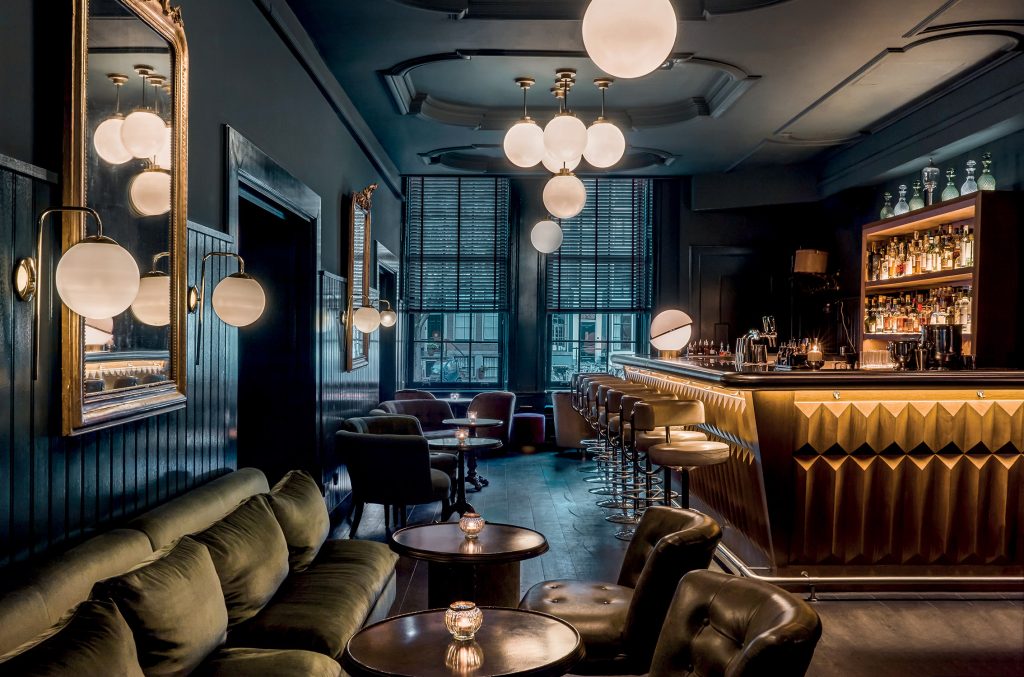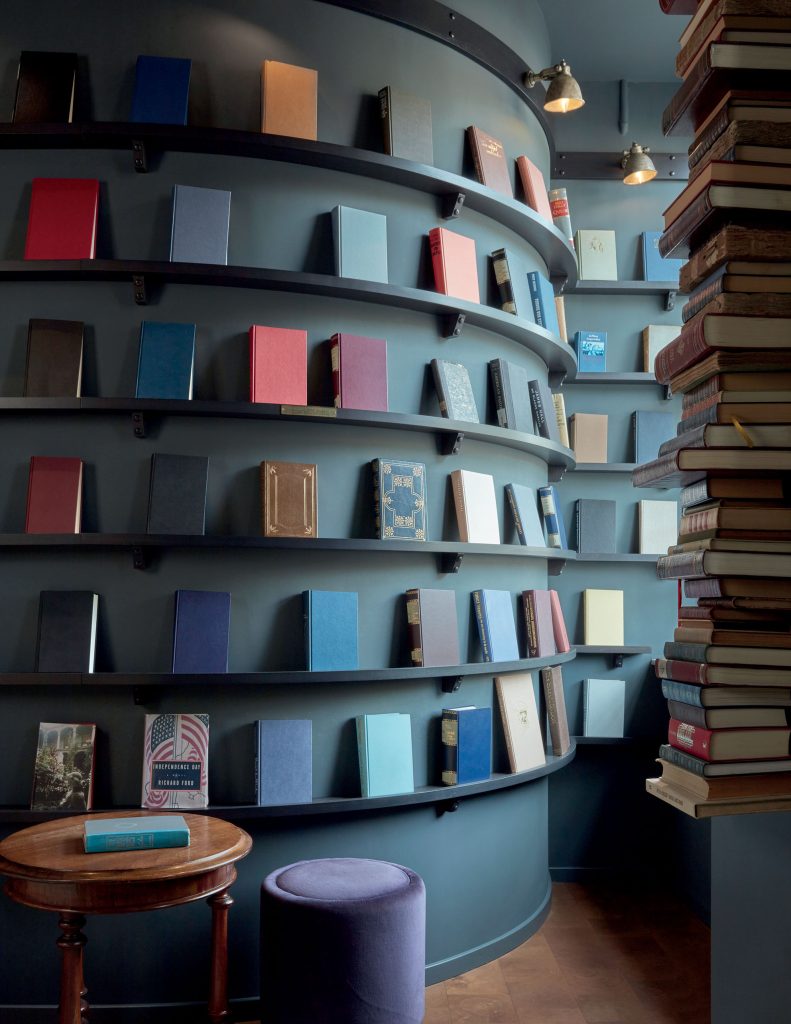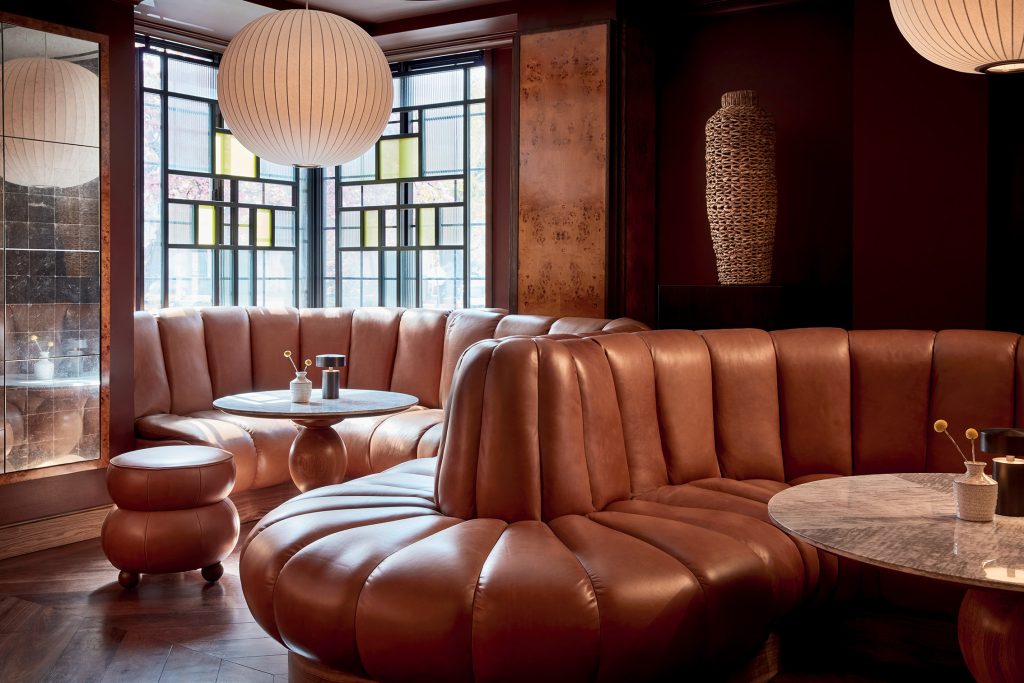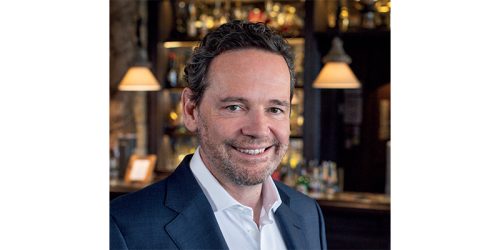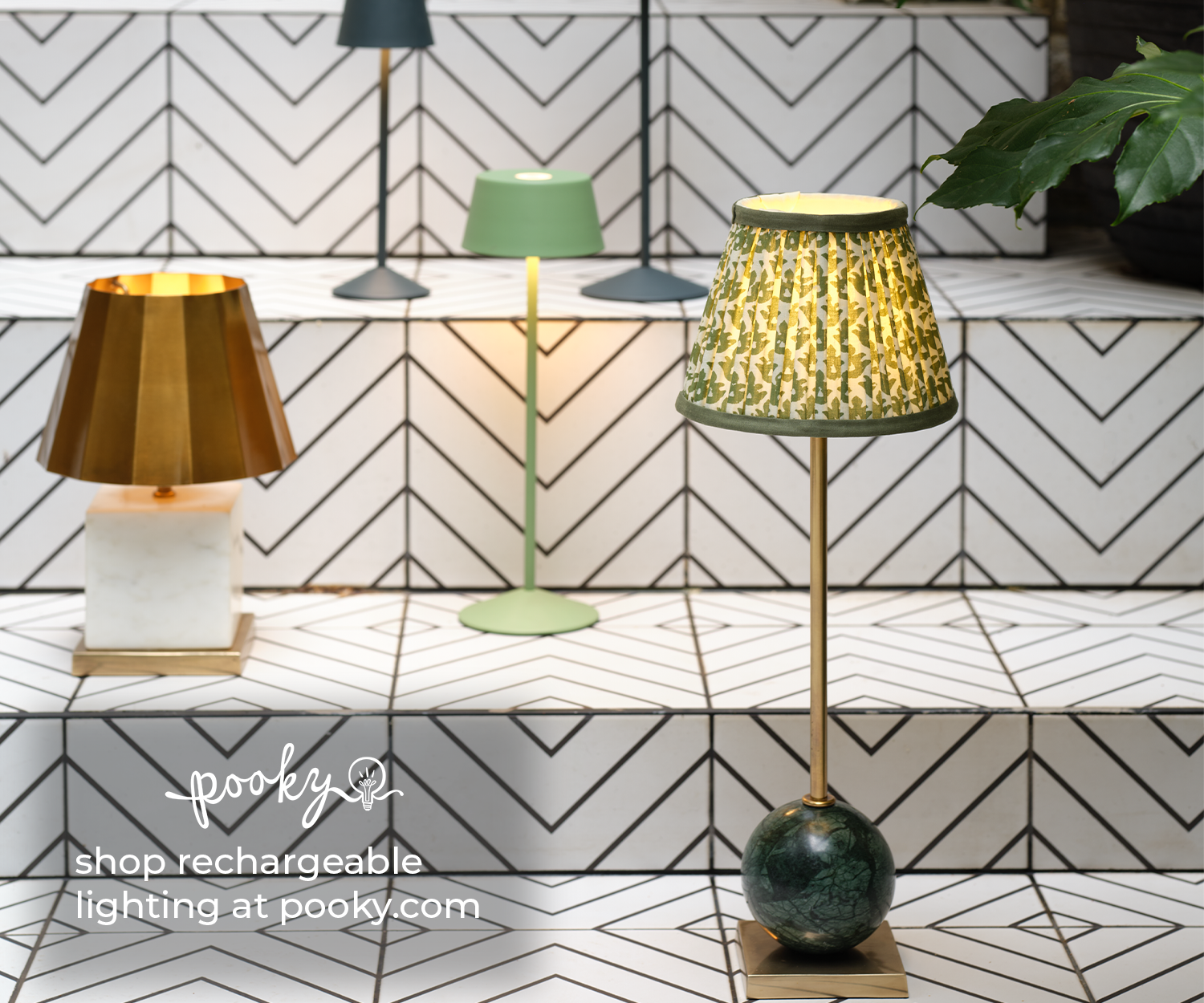Jacu Strauss, Creative Director, Lore Group
Growing up on the sandy plains of the Kalahari Desert is an unlikely start for a man who has crafted a career in high-end hospitality design. Now based in London’s Mayfair, Jacu discusses his formative years, creative inspirations, and his unquenchable thirst for vintage shopping with SPACE.
Launched in 2018, international hospitality company, Lore Group, are behind the design, transformation, management, and operation of six hotels across Europe and the United States. Under the overarching design eyes of Jacu Strauss, the in-house design team, Lore Studio was founded, and now leads the way in creating award-winning interiors. Its impressive lineup of properties comprises Pulitzer Amsterdam, Riggs Washington DC, Sea Containers London, Lyle Washington DC, Kimpton de Witt Amsterdam, and their most recent offering One Hundred Shoreditch.
It was at the latter, I had the pleasure of first meeting Jacu, shortly after its opening in 2022. Like the hotel, he was relaxed and gracious as he led a posse of enquiring journalists through the hotel’s laidback, though stylishly curated interiors. Impressed by both the hotel and the man behind the design, he remained firmly on my radar, leading to our meeting on a rainy day in July.
It’s not every day I meet someone who hails from South Africa’s Kalahari Desert, and I begin by asking Jacu to tell me more about his childhood. “Well, it was where I was born, so I didn’t have too much choice in the matter.” he laughs. “My family had a few businesses, including my uncle who had a game park safari, but I really didn’t know much of the outside world for the early part of my life. As I got older, and we started to travel more as a family, the seed was sown, and I began to understand that there was a lot more out there.” Painting an idyllic picture of a carefree childhood, he paused before adding; “You know, there’s an assumption that if you grow up in a rural environment, it’s a tough life, but I had a great upbringing. I was supported by all sorts of people – many of whom didn’t really understand creativity, but simply enjoyed the eccentricity of someone being creative. But I always knew I wanted more.”

Clockwise from top left: Nightstand, Riggs Washington DC; Dining Room, Riggs Washington DC; Pulitzer Suite
Observing that architectural inspiration in the flat sand-covered plains of the Kalahari Desert must have been thin on the ground for a budding architect, I ask Jacu what sparked his initial interest. “Well, I definitely had to create my own entertainment,” he begins. “I taught myself to paint and draw, and I did woodwork at school which I loved. But, if I wanted something I had to make it myself, so I think it was the notion of creating something out of nothing that always appealed to me. I saw so much of that going on around me. Watching people quite literally building homes out of nothing was both fascinating and inspiring, especially when contrasted by the wealthy, building their McMansions. It was a world of contrast. I believe everybody is affected by their environment, even if they don’t admit it. Your home – whether it’s a flat, a house, a tent, or whatever – is an important part of who you are, and so my interest in architecture came naturally, from wanting to create and build.”
His creative life started young, after moving into his own apartment at the age of 15 – though admittedly next door to the family home, he explains reading my slightly baffled expression. “I experimented with colour as I decorated it and had people knocking at my door just to look at what I had done. It was interesting to see how people are inspired by things, even if they don’t quite understand them. It was something different.”
Wasting no time in his quest to discover the outside world, on leaving school at 18, he jumped continents and landed in London. “By that age, I knew enough about the UK, though it was still like going to another planet for me. I was nervous and naive, but London was the first step into what my life is now. I met so many different people here, from all backgrounds and cultures, and they were so kind. I love Britain, I love its rich history and it’s so beautiful. London is amazing, it suits my personality, because it has all the energy if you choose to have it, but it also has so much greenery when you want to retreat. It’s the one city that I have been to that gives you that choice – it’s a lovely balance.” And then as an afterthought, he adds, “Oh, and I love the dinner party culture!”
Despite his new-found love affair with London, Jacu took a detour to New Zealand, where deciding it was time to focus on his education, he enrolled at Aukland University to study architecture. On his return some five years later, he went on to complete his training at University College London’s Bartlett School of Architecture. Passing up an opportunity to join a traditional architecture practice, he chose instead to work for the multi-faceted Tom Dixon, culminating in his first hotel design project: Sea Containers, London. Impressed with his work, Sea Containers owners (now recognised as Lore Group) invited Jacu to join them as Creative Director for their next project, The Pulitzer Amsterdam. Excited by the challenges the role presented, he accepted the offer and put into practise the values he had learnt from Tom Dixon – the importance of storytelling.
“The Pulitzer was really a turning point in my career.” he tells me. “It was the first hotel I designed under my own name, but it was a complicated property that everybody struggled to make sense of. It’s 25 canal houses, most of them 400 years old with 225 rooms – none of which are the same. So, the question was, how do you create a functioning hotel which is comfortable, while dealing with all the quirks?”
Inheriting and working with all the renovations carried out by the previous owners (Starwood Hotels) in the ‘80s, Jacu decided to turn it upside down and bring in some storytelling. I ask him what that entailed, and he starts by acknowledging that the term itself is a bit of a buzzword. “I know that everyone’s talking about storytelling, and I wish I could find another term for it, but it is the magic – it’s how people connect with a property. How often do you get to walk through buildings that are 400 years old? I wanted to dream a little about the mystery of them – who lived there, what did they do, what did they collect? This simple storytelling informed the design of the rooms – a celebration of the history of a changing city. Of course, we don’t really know who lived in the houses, but we can imagine – and I love that. It makes people use their imagination, and a hotel is somewhere you should dream a little.”
As none of the rooms were the same, Jacu then designed a collection of furniture they could pick from for each room. “Ah, so we are back to your woodworking lessons at school” I comment. “Yes!” he laughs. “But, for the hotels we have it manufactured all over the world, depending on what we need. I have people who make one-off pieces in their garage at home, or I have people who can make the entire interior of a cruise liner. But for premium upholstery? I always look to the UK as I believe it’s the best in the world.”
Talking from his office in Mayfair, he suddenly launches into a description of his studio, which sounds more like an Aladdin’s cave of curiosities than a working studio. “I am a compulsive collector. I have so many saved searches across all the platforms, it’s a borderline addiction…or passion…or something! The studio has a glass exterior, so is visible to anyone passing, and everyone wants to see it. There’s something quite voyeuristic about it, which I think translates into how I want people to see my hotels.” I wonder if this collection ends up in his hotels or his house. “Both really, but I love adding pieces to the hotels, as they bring a bit of heritage and character. They make lovely touch points for guests, showing everything doesn’t need to be new – and looking at the bigger picture of sustainability, it obviously makes sense.”
It is touches like these that undoubtably contribute to the different aesthetic and feel found at each of his hotels. But it clearly takes more than an obsession with 1stDibs to create a diverse collection of properties, and I wonder what his approach is to each new project. “The wonderful thing about hospitality design is that you have to wear many hats. I will obviously fight the design corner, but I also need to understand operations, service, atmosphere etc, and ultimately, it’s a business so it needs to work financially. We are long term holders of the properties, so I need to consider the longevity of a design. That means doing what’s right for the property. We spend a lot of time at the beginning of each project researching and experimenting, to find the narrative, and coming up with something that is truthful to the building. We don’t want to lie to our guests, or to ourselves for that matter, so we are very strict about that first step. When I see a project that I think has failed, it’s usually because they have skipped straight into the detail, or they have taken the ‘square peg, in a round hole’ approach. I just can’t do that. I have to create something that will last, and that initial process informs the design more than people care to admit.”
Talking to Jacu is like being on a fairground ride. He is quick witted and jumps from subject to subject, answering questions from different perspectives, and adding in unexpected details. Some are relevant, others less so, but always fascinating. His energy is palpable and infectious as he talks through his projects, ideas, and ambitions – of which there are many – and in the ten years since Sea Containers was completed, he has achieved a lot. “I love where I am, I wouldn’t change it for the world.” he volunteers. “There are always forks in the road and choices to make, but I would always recommend taking the scenic route.”





